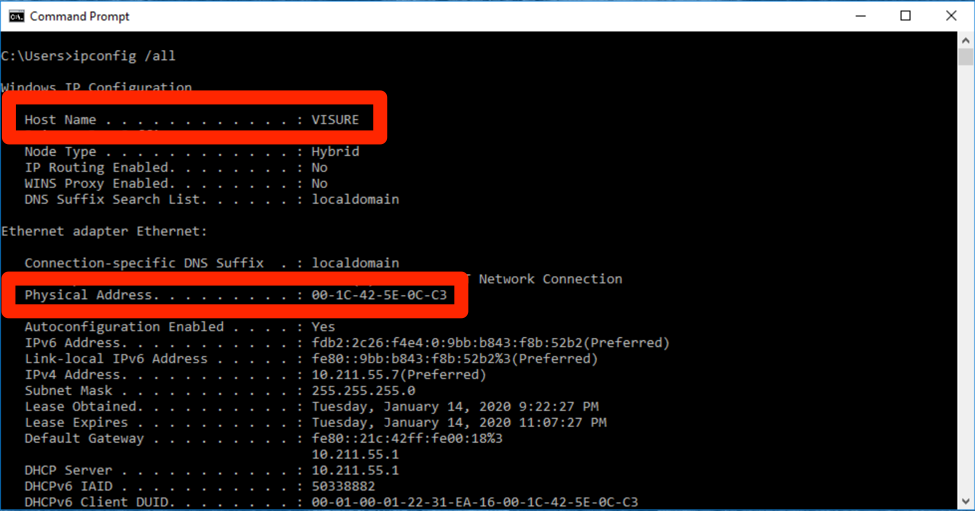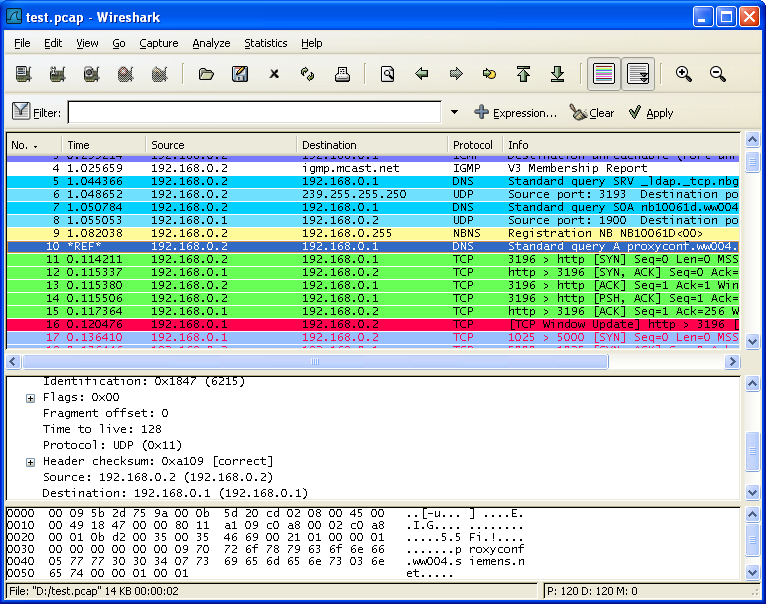

Installing from packages under FreeBSD 2.7. Installing from portage under Gentoo Linux 2.6.4. Installing from debs under Debian, Ubuntu and other Debian derivatives 2.6.3. Installing from RPMs under Red Hat and alike 2.6.2. Installing the binaries under UNIX 2.6.1. Windows installer command line options 2.3.6. Installing Wireshark under Windows 2.3.1. Obtaining the source and binary distributions 2.3. Reporting Crashes on Windows platforms 2. Reporting Crashes on UNIX/Linux platforms 1.6.8. Reporting Problems And Getting Help 1.6.1. Development And Maintenance Of Wireshark 1.6. Export files for many other capture programs 1.1.6. Import files from many other capture programs 1.1.5. Live capture from many different network media 1.1.4.

Providing feedback about this document 7. Where to get the latest copy of this document? 6. Share the PCAP file along with its corresponding sslkey.log file to the intended recipient.Table of Contents Preface 1.There is currently no way to export the decrypted packet captures from Wireshark in PCAP format, however, there are three options: Palo Alto Networks does not support any third-party operating systems. Note2: This article is written for informational purposes only. Note1: The steps may change when MAC OS or Chrome gets updated. (Optional) Follow the HTTP Stream to visualize the decrypted contents. The decrypted packet capture is displayed in Wireshark.ġ0. Under (Pre)-Master-Secret log filename, select the sslkey.log file created in Step 5, and click on OK.ĩ. Check in Wireshark to confirm that the activity was properly collected, and stop the capture.Ĩ. In our example we download the malware test file from the EICAR secure site.ħ. Browse to the website or web application that is being tested and run all actions that need to be captured. The expected output if the file is properly created will be:Ħ. Use the terminal to verify that the sslkey.log file is created. (The environment variable is set only for that specific Terminal session).ĥ. Launch Chrome or Firefox using the terminal window that was used to set the environmental variable in step 2. Launch Wireshark, and start the packet capture.Ĥ. Open a Terminal window and set the SSLKEYLOGFILE environment variable using the following command.Įxport SSLKEYLOGFILE="/Users/$USER/sslkey.log"ģ. Make sure all instances are closed by using the Force Quit option (right click in the web browser's icon down in the Applications Dock, hold down the Option key, and select Force Quit).Ģ. SSL/TLS sessions using RSA, DHE or ECDHE key-exchange algorithms.ġ.Chrome 85 or newer, or Firefox 81 or newer.Capture SSL session keys from encrypted web-browsing or other web application traffic in Chrome or Firefox and use it to decrypt packet captures in Wireshark.


 0 kommentar(er)
0 kommentar(er)
